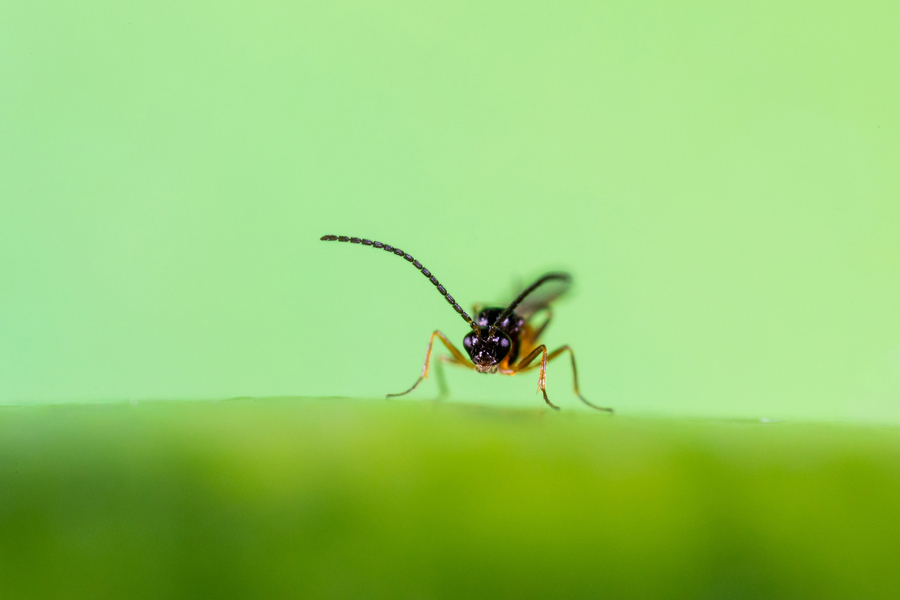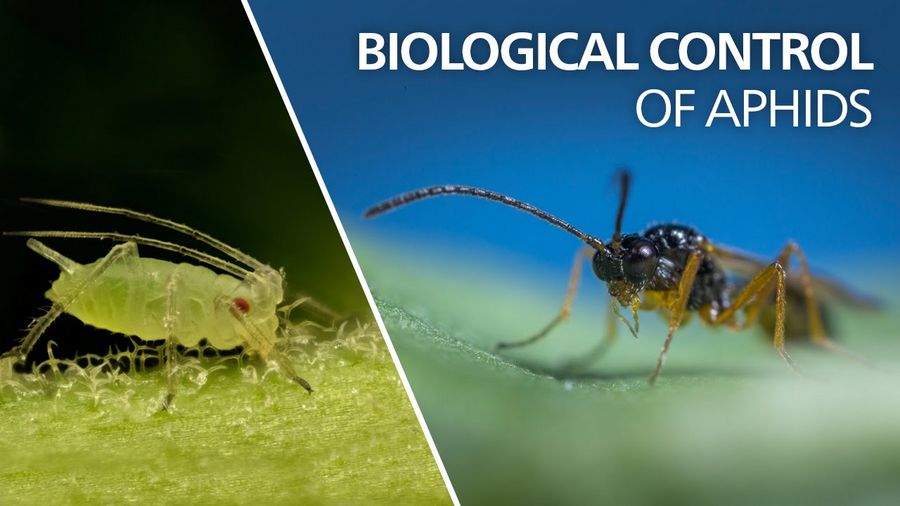Use for
Pests
Especially for cotton aphid (Aphis gossypii); tobacco aphid (Myzus persicae var. nicotianae); peach-potato aphid (Myzus persicae var. persicae).
How it works
Mode of action
Adult parasitic wasps emerge from the mummies and females lay their eggs into aphids. The next generation of parasitic wasps develops inside the aphid, which converts into a leathery mummy. The adult parasitic wasp emerges through a hole at the rear of the mummy. The first mummies are noticed in the crop around 10-14 days after the first introduction.
Visual effect
Parasitized aphids turn into a brown mummy.
Product specifications
| Pack size | 500; 1,000; 5,000 mummies. |
| Presentation | 100 ml; 500 ml bottles. |
| Carrier | Wood chips. |
Directions for use
Application
- Spread the material on rock wool slabs or in Diboxes
- Make sure the material remains dry and is not moved from its introduction site for at least a few days
Dosage
The dosage of Aphipar depends on climate, crop and aphid density and should always be adjusted to the particular situation. Start introduction preventively soon after planting of the crop. Introduction rates typically range from 0.25-4 per m2/release. Releases should be repeated at least 3 times. Consult a Koppert advisor or a recognized distributor of Koppert products for advice on the best strategy for your situation.
Environmental conditions
Most effective between 20 and 25°C (68 and 77°F). Effectivity is reduced at temperatures above 30°C/86°F.
Combined use
Can be used in combination with other aphid biocontrol agents, like for instance Aphidend.
Side effects
Pesticides can have (in)direct effects on biological solutions. Find out which pesticides have side effects on this product.
Product handling
Storage time after receipt
1-2 days.
Storage temperature
8-10°C/47-50°F.
Storage conditions
In the dark.
"The general conditions of Koppert (Koppert B.V. and/or of its affiliated companies) apply. Only use products that are permitted in your country/state and crop. Always comply with the conditions specified in local product registrations. Koppert cannot be held liable for unauthorized use. Koppert is not liable for any loss of quality if the product is stored for longer than recommended and/or under incorrect conditions."



